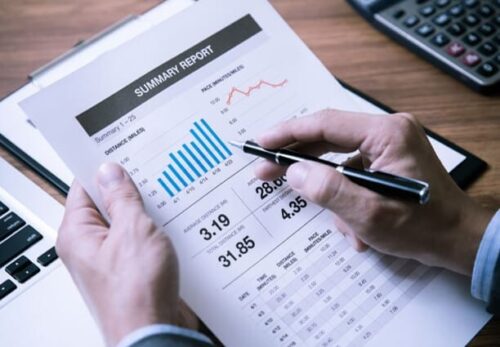REVERSIONARY VALUE AND ITS SIGNIFICANCE IN PLANT AND MACHINERY VALUATION
Introduction
When assessing the worth of plant and machinery assets, it is essential to consider various factors that influence their value. One such crucial factor is the reversionary value. Reversionary value refers to the residual worth of an asset at the end of its useful life, assuming it is properly maintained and operated. In this article, we will explore the concept of reversionary value and its significance in plant and machinery valuation.
Understanding Reversionary Value
Reversionary value can be understood as the estimated value that an asset is expected to fetch when it reaches the end of its useful life. It assumes that the asset is functioning optimally and has been well-maintained throughout its operational lifespan. In the context of plant and machinery valuation, reversionary value provides insight into the residual worth of the asset beyond its expected useful life.
Determining Reversionary Value
Estimating the reversionary value of plant and machinery requires a comprehensive analysis of various factors. Some key considerations include:
- Technological Obsolescence: Advancements in technology can render certain machinery outdated, impacting their reversionary value. Evaluating the asset’s adaptability and potential for future use is crucial in estimating its residual worth.
- Market Demand: The demand for specific plant and machinery in the market influences their reversionary value. If there is a steady demand or a secondary market for the asset, its value may remain relatively higher even at the end of its useful life.
- Maintenance and Condition: Proper maintenance and regular servicing can extend the operational life of plant and machinery. Assets that have been well-preserved and are in good condition tend to have a higher reversionary value compared to those that have been neglected or poorly maintained.
- Salvage Value: The potential salvage value of the asset, which is the value it can fetch through selling its individual components or parts, should also be considered. Salvage value can significantly impact the reversionary value of an asset.
Significance of Reversionary Value in Plant and Machinery Valuation
- Financial Planning: Understanding the reversionary value helps organizations plan for the future replacement or upgrade of plant and machinery assets. It provides insights into the potential returns that can be expected from the sale of the asset at the end of its useful life.
- Investment Decisions: Reversionary value plays a vital role in investment decisions, especially when considering the purchase of new machinery or equipment. By assessing the reversionary value of existing assets, businesses can make informed decisions regarding their replacement or retention.
- Asset Management: Reversionary value serves as a critical component of effective asset management. It enables organizations to determine the optimal time to replace aging equipment or implement maintenance and repair strategies that maximize the residual worth of their assets.
- Insurance and Risk Assessment: Estimating reversionary value aids in insurance coverage determination and risk assessment. Insurance providers and risk managers consider the potential value of assets at the end of their life cycle when evaluating coverage or assessing potential losses in the event of damage or breakdown.
Conclusion
Reversionary value plays a significant role in plant and machinery valuation, providing insights into the residual worth of assets at the end of their useful life. It encompasses factors such as technological obsolescence, market demand, maintenance, and salvage value. Understanding reversionary value aids in financial planning, investment decisions, asset management, and insurance coverage assessments. By considering reversionary value, organizations can make informed choices regarding the replacement, retention, and overall management of their plant and machinery assets, optimizing their operational and financial performance.


